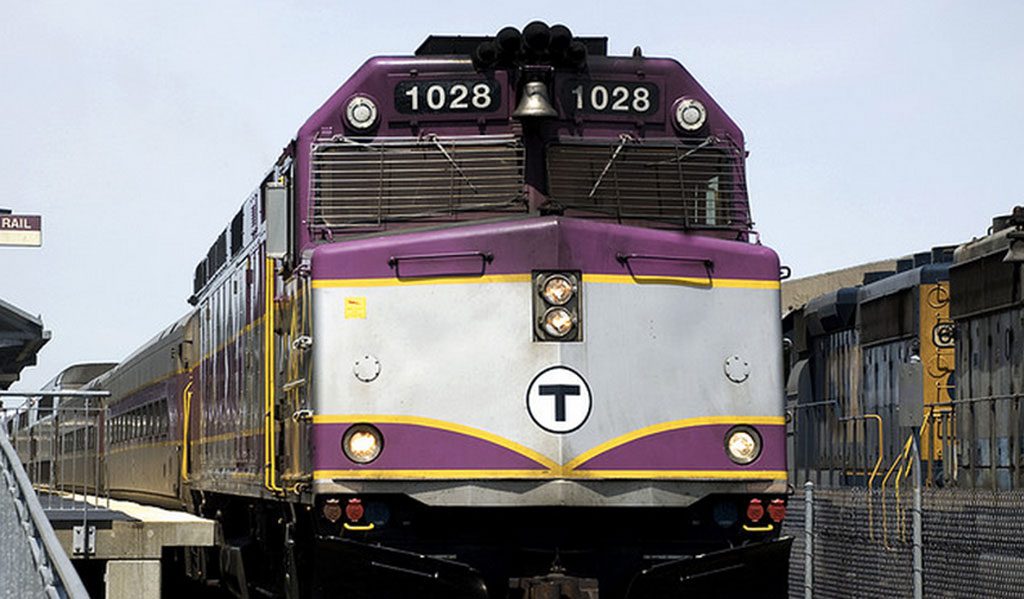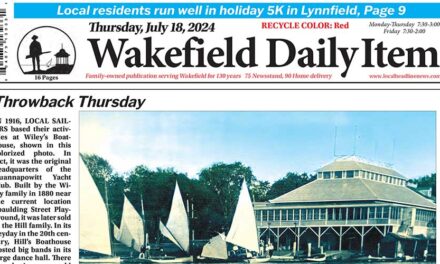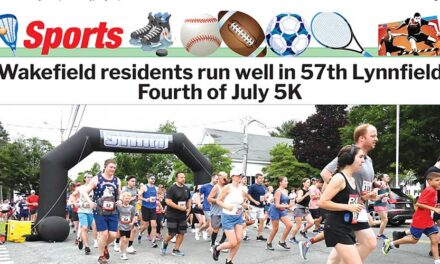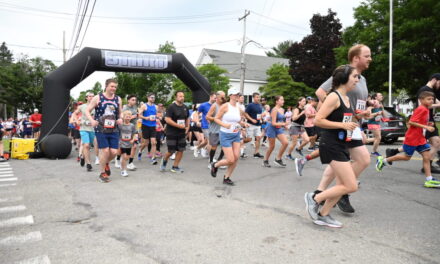By SAM DRYSDALE
State House News Service
BOSTON — The MBTA’s long promised contactless payment system is coming on Aug. 1, and T officials on Monday touted the new system’s potential to reduce the length of station stops and make it easier for passengers to pay their fares.
Starting in August, riders will be able to use a contactless credit or debit card, phone with a mobile wallet or watch on new fare readers to board buses, Green Line trolleys, Mattapan Line trolleys and at all gated subway stations.
Riders will still be able to use Charlie Cards or pay cash, and passengers in reduced fare programs, such as senior, student and TAP, will have the option to link their benefits to their contactless card, phone or watch. New York, Denver, Chicago, Baltimore and San Francisco already have some sort of contactless fare option.
“It’s a huge thing. This has been a long time coming,” said MBTA Acting Chief Administrative Officer Jeff Cook at a media panel about the program on Monday. “This was phase one, to be able to make the system to have everyone travel in a much more fluid and easy fashion. But it took time to get there. It was the right thing to do to make sure we got the right system to work for us.”
The T started work on this program in 2017, and has so far spent about $23 million. Some of those funds have gone towards adding new fare readers to stations and trolley cars.
Implementing the first phase of the new fare system will cost the T about $130 million, Cook said. The T will only pay $80 million when it is turned on in August, and will pay the remainder over the time of the contract with vendor Cubic.
The first phase includes the contactless payment options on the bus and subway system. The second phase, scheduled to roll out in spring 2025, will introduce a new Charlie Card, and the third phase, on track for 2026, would extend contactless payment to the T’s commuter rail lines.
The total investment is a little over $900 million, Cook said. Those payments are incremental and tied to Cubic fulfilling the contract and delivering new services.
He added that about 40 percent of the total payment includes funds for maintenance over the seven-year contract as Cubic runs the system.
Rider fares won’t increase — they’re staying at $1.70 for the bus and $2.40 for the subway and light rail. But the new system will make it easier for the MBTA to consider new payment policies, like fare capping, chief of policy and strategic planning Lynsey Heffernan said.
Fare capping is a policy some transit systems are implementing to make public transportation more affordable and bring passengers back after pandemic ridership lows. There are different strategies to cap fares, but the idea is the same: it limits how much passengers pay to take transit in a day, week or month.
The Los Angeles Metro, the third largest transit system in the country, placed a maximum of $5 per day to use transit, or $18 per week. A standard one-way fare is $1.75 in LA, so if a commuter took the train to and from work, then ran an errand, they wouldn’t have to pay for subsequent trips that day.
Some transit advocates say it’s a tool to promote equity, as lower-income residents without access to other transportation options like cars can end up spending significantly on T fares if they have to go multiple places in one day.
“Modernizing our fare collection system absolutely increases the policy flexibility that we have to make other choices about fare products and programs. Fare capping is a popular program. We’ve heard a lot about New York City,” Heffernan said. “I would say the modernization of all of our fare technology, particularly on our vehicles, was a really important piece of ultimately trying to make a decision on whether fare capping is the right choice for the MBTA.”
Another policy that the new collection system will help facilitate is all-door boarding on buses and above-ground trolleys, though not immediately.
Will Kingkade, director of automated fare collection at the T, said contactless payment will “get us to all-door boarding faster” but “I don’t have a date today that we can tell you it’s going to start.”
“I think we have a good amount of work to do with the federal engagement folks, customer education, things of that nature,” he said. “But contactless, as has been said several times, will make it easier for customers to pay, more convenient for customers to pay.”
All-door boarding would speed up bus and trolley stops, and therefore make rides shorter, as not every passenger streaming onto the vehicles would have to file through just the front door.
Currently, back doors frequently open on above-ground trolleys, including much of the Green Line, allowing passengers to enter without paying.
Asked if the new fare system would increase the T’s revenue — as the transit system stares down major budget deficits — Heffernan said fare education is important.
Before COVID, fares accounted for nearly $700 million of revenue for the MBTA. Today, as ridership has declined, it is closer to $420 million in annual revenue, Heffernan said.
“The MBTA is aware, certainly, that fare evasion is an issue,” she said. “So we have a responsibility to our customers to both explain that, to make it simpler and at times to make sure that we’re thinking about what to do with non-payment … The team is actively at work thinking about how do we promote greater fare compliance across the MBTA, and I’m certainly aware that the Green Line is one of the areas that we need to focus on.”
After the T originally planned to get rid of so-called “passbacks” with the new system, General Manager Phil Eng directed the agency to change course when he got to the job last year, WBUR reported. Passbacks are when riders together in a group use one Charlie Card, tapping it to the fare reader then passing it back to their friend or family member to tap again.
Eng said he supports the ease passbacks give to groups, according to WBUR, “I consider it a family-friendly feature that allows a group of people to access our system with just one phone or one card,” he said.





